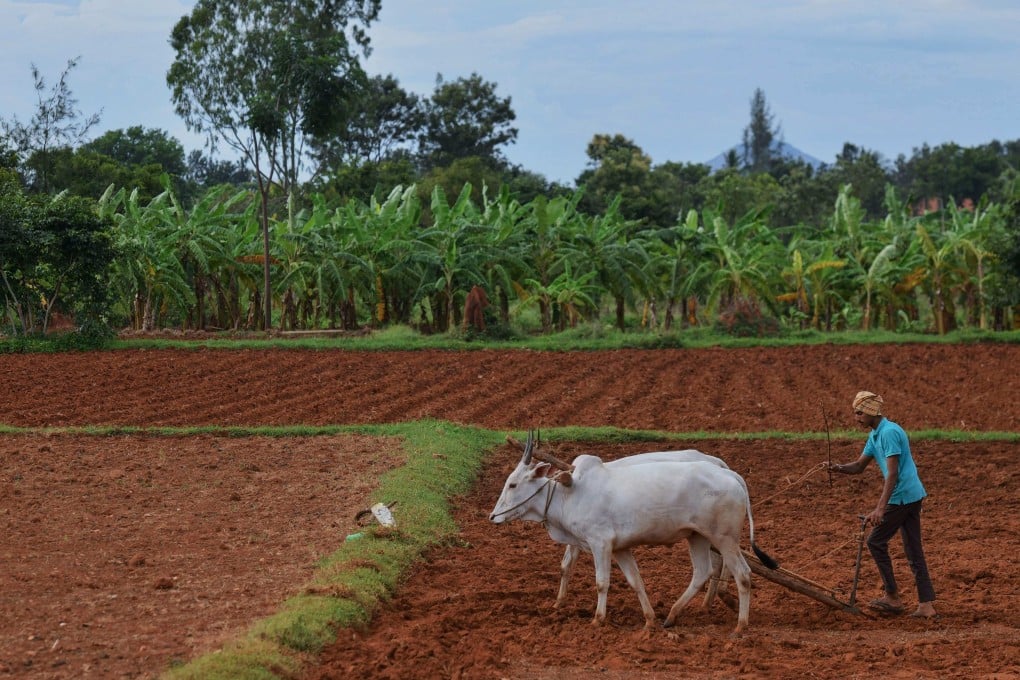Can India follow China’s path to labour-intensive manufacturing as population rises but jobs dwindle?
- Poised to overtake China as the world’s biggest country by population, India is facing an economic emergency as rising unemployment leaves more than half of its people jobless
- Calls are rising among experts in India to increase investment in labour-intensive manufacturing, which could bring ‘unparalleled job opportunities’

Less than one year from now, India’s population could overtake that of China and claim its centuries-held distinction as the world’s most populous country, according to the United Nations’ latest projections.
Yet, jobs are declining across India at a rapid rate, setting off alarms about what the future might hold if unemployment continues to rise.
Never in India’s history had there been an absolute fall in manufacturing employment, but the government succeeded in doing that
Economists attribute the decline in Indian jobs to multiple factors. Chief among them is the nation’s stagnant manufacturing sector that has historically been more capital intensive than labour intensive, and thus incapable of providing mass employment, as highlighted by Santosh Mehrotra, an influential human-development economist and author of several books on the Indian economy.
In 2021, the sector contributed only 14 per cent to India’s gross value added (GVA) – the value generated by units involved in the production of goods and services. That marked decline from 16 per cent in 2011.